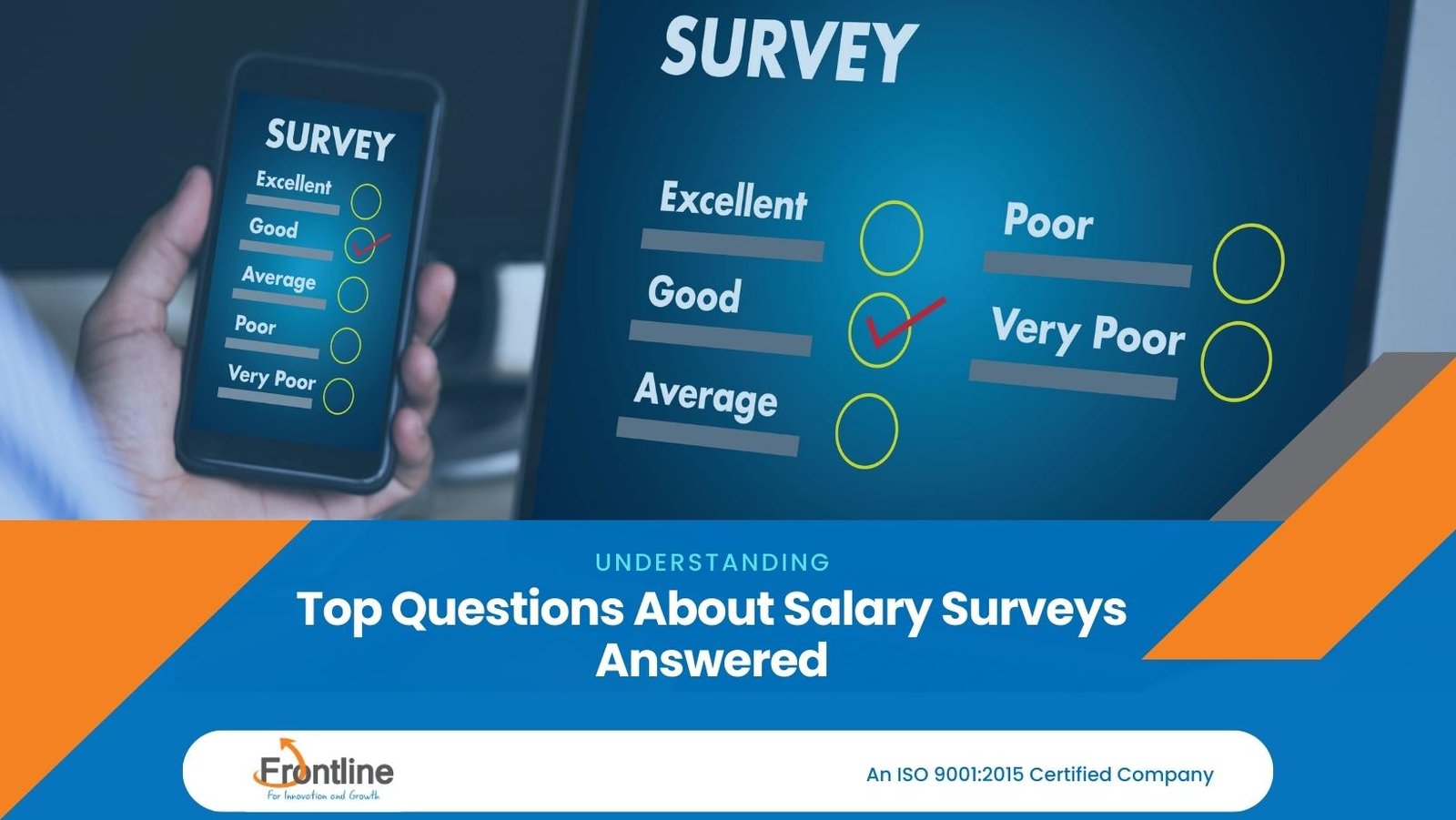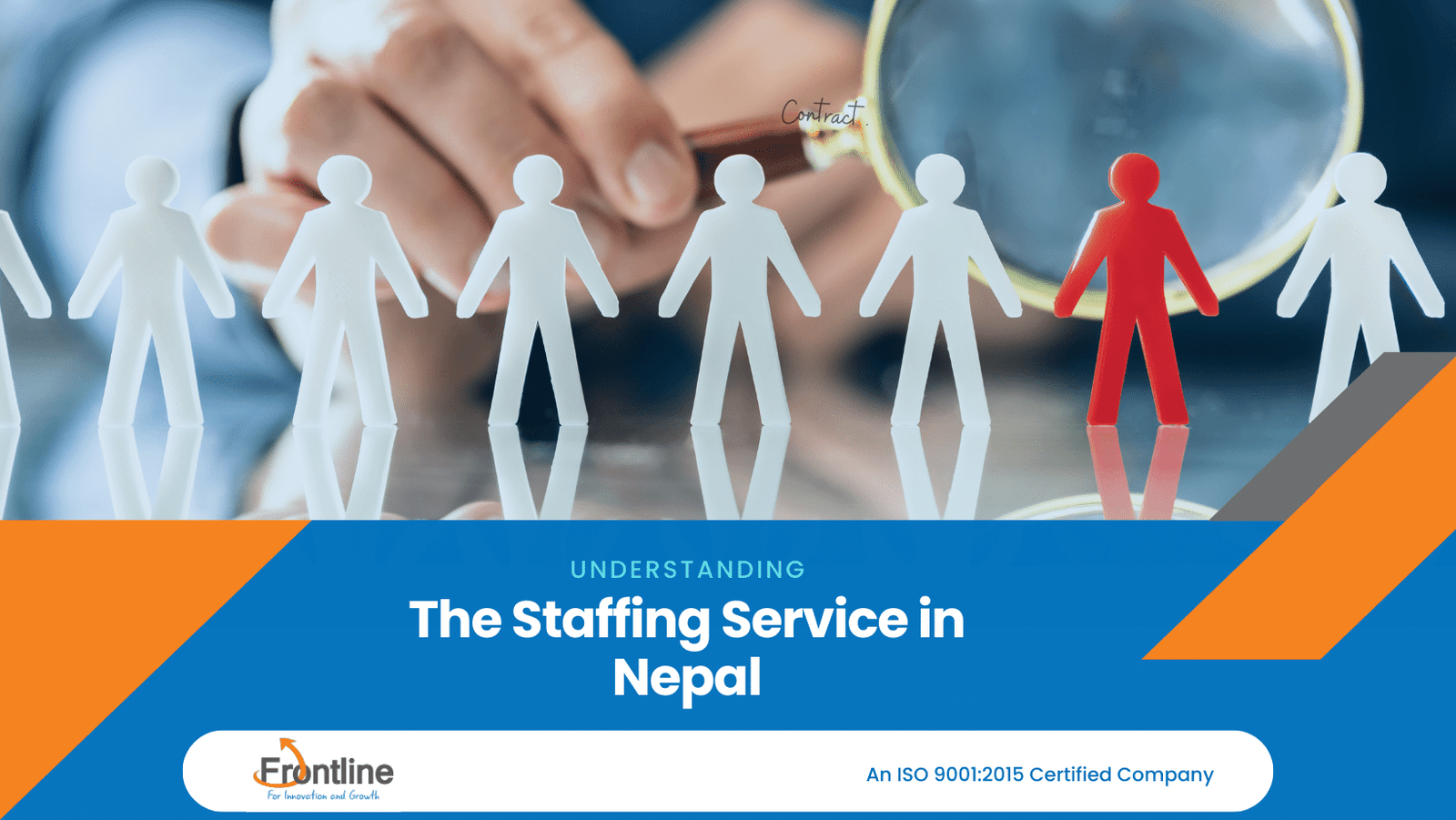Understanding the Concept
An HR Audit is a systematic examination of an organization’s human resources policies, procedures, documentation, and systems to ensure compliance with legal and regulatory requirements. It also assesses the effectiveness of HR practices and identifies areas for improvement to align the HR function with the organization’s strategic goals. The HR audit process involves a thorough analysis of various HR aspects, including recruitment, onboarding, performance management, compensation, training, and employee relations.
The Importance of Conducting an HR Audit
Conducting an HR audit is crucial for businesses aiming to optimize their human resources management. Here are some reasons why an HR audit matters for your business:
- Ensuring Compliance with Laws and Regulations
HR audits help businesses stay compliant with the ever-changing landscape of labor laws and regulations. By identifying compliance gaps, businesses can avoid legal disputes, fines, and penalties, which could otherwise have serious financial and reputational consequences. - Improving HR Policies and Procedures
An HR audit evaluates existing HR policies and procedures to ensure they are aligned with best practices and industry standards. It helps in identifying outdated or ineffective policies and provides recommendations for improvement. This leads to more efficient and streamlined HR processes. - Enhancing Employee Engagement and Retention
By analyzing HR practices and employee feedback, an HR audit can reveal areas that may be affecting employee morale and satisfaction. Addressing these areas can lead to higher employee engagement, reduced turnover rates, and a more positive workplace culture. - Optimizing Organizational Performance
A comprehensive HR audit provides insights into the strengths and weaknesses of the HR department. It helps organizations make informed decisions about resource allocation, training needs, and strategic planning, ultimately contributing to improved organizational performance. - Identifying Areas of Risk
HR audits help in identifying potential risks related to employment practices, such as discrimination, harassment, or wrongful termination. By proactively addressing these risks, businesses can create a safer and more inclusive workplace.
Types of HR Audits
There are several types of HR audits, each focusing on different aspects of the HR function:
1. Compliance Audit
A compliance audit focuses on ensuring that the organization adheres to all applicable employment laws and regulations. It examines areas such as employee classifications, wage and hour laws, health and safety standards, and anti-discrimination policies.
2. Best Practices Audit
A best practices audit compares the organization’s HR practices with industry standards and best practices. This type of audit aims to identify gaps and areas for improvement to enhance the effectiveness and efficiency of HR processes.
3. Strategic Audit
A strategic audit evaluates how well the HR department aligns with the organization’s overall strategic goals. It examines whether HR policies and practices support the company’s mission, vision, and values.
4. Function-Specific Audit
A function-specific audit focuses on a particular area of the HR function, such as recruitment, performance management, or employee relations. This type of audit provides a detailed analysis of specific HR practices and identifies areas for improvement.
5. Cultural Audit
A cultural audit assesses the workplace culture and its impact on employee morale and productivity. It examines factors such as leadership styles, communication practices, and employee engagement levels.
Steps Involved in Conducting an HR Audit
Conducting an effective HR audit involves several key steps:
1. Planning and Preparation
The first step in the HR audit process is to define the scope and objectives of the audit. This includes identifying the areas to be audited, the timeframe for the audit, and the resources required. It is also important to communicate the purpose and process of the audit to all stakeholders to ensure their cooperation.
2. Data Collection and Analysis
Data collection involves gathering relevant HR documents, records, and reports. This may include employee handbooks, policy manuals, payroll records, performance appraisals, and training materials. The data is then analyzed to identify any gaps, inconsistencies, or areas of concern.
3. Evaluation of HR Practices
The next step is to evaluate the organization’s HR practices against legal requirements, industry standards, and best practices. This involves reviewing HR policies and procedures, interviewing HR staff and employees, and benchmarking against similar organizations.
4. Identifying Findings and Recommendations
Based on the analysis, the auditor identifies areas of strength and weakness within the HR function. Recommendations for improvement are made to address any gaps, enhance compliance, and optimize HR processes.
5. Reporting and Action Planning
The findings and recommendations are documented in a detailed audit report, which is presented to senior management. An action plan is then developed to implement the recommended changes. This may involve revising policies, conducting training, or investing in new HR technology.
6. Monitoring and Follow-Up
After the implementation of the action plan, it is important to monitor the progress of the changes and evaluate their impact. A follow-up audit may be conducted to ensure that the recommended improvements have been effectively implemented.
Benefits of HR Audit for Your Business
Conducting an HR audit provides several benefits to businesses, including:
- Improved Compliance: Ensures adherence to legal and regulatory requirements, reducing the risk of legal issues.
- Enhanced HR Efficiency: Identifies inefficiencies in HR processes and provides recommendations for improvement.
- Better Decision Making: Provides valuable insights that support strategic decision-making and resource allocation.
- Increased Employee Satisfaction: Helps identify and address factors that impact employee morale and engagement.
- Risk Mitigation: Identifies potential risks and provides strategies to mitigate them, fostering a safer workplace environment.
Conclusion
An HR audit is a powerful tool for businesses looking to optimize their human resources management. By conducting a thorough review of HR policies, procedures, and practices, organizations can ensure compliance, enhance efficiency, and drive strategic success. Investing in regular HR audits not only improves organizational performance but also contributes to a positive workplace culture and higher employee satisfaction.
360 views






